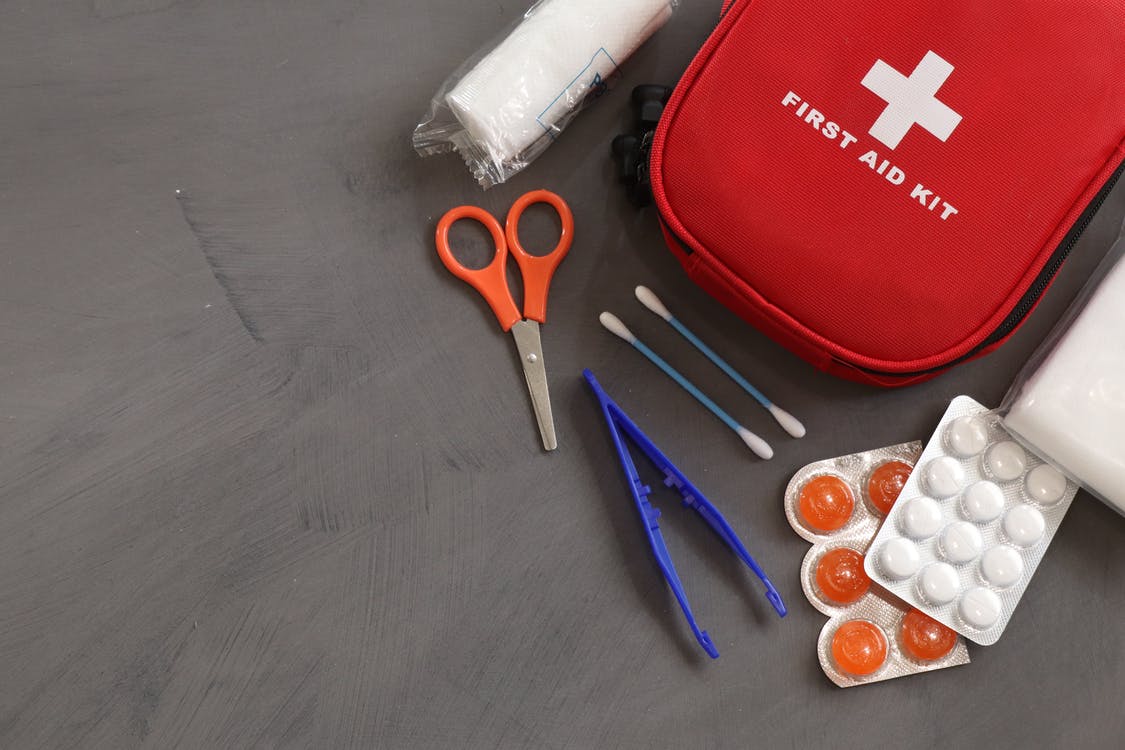Cardiopulmonary resuscitation, or CPR, is a life-saving method that must be used right away in cases like cardiac arrest, drowning, or when someone stops breathing. The goal of getting CPR certified is not just to look good on your resume but also to give you the information and skills to save lives.
People are generally taught basic CPR skills, such as how to use automatic external defibrillators (AEDs) and do chest compressions. Depending on the course level, you may also learn about managing choking incidents and performing CPR on infants, children, and adults.
Many CPR courses are part of a broader first aid course, which may also include training on wound care, managing fractures, and handling other medical emergencies. Completing both cpr training launceston and a first aid course provides a well-rounded foundation for emergency response, making you more capable of handling various situations that might arise.
Tip 1: Choose the Right CPR Course
The first step in preparing for your CPR certification is selecting the right course. Consider the following when choosing a CPR course:
- Accreditation: Ensure the course is accredited by recognised organisations such as the American Heart Association (AHA) or the Red Cross. Accredited courses follow standardised guidelines, which are crucial for learning the correct techniques.
- Level of Training: Determine the level of training you need. Basic courses are suitable for most people, but healthcare providers may require more advanced training, including the use of bag-valve masks and more in-depth knowledge of the circulatory system.
- First Aid Integration: Some CPR courses are combined with first aid training. If you’re looking to gain a comprehensive understanding of emergency response, consider enrolling in a course that covers both CPR and first aid.
- Learning Format: Choose between in-person, online, or blended learning formats. In-person courses provide invaluable hands-on practice, while online courses offer flexibility. Blended courses combine the best of both, allowing you to learn theory online and practice skills in person.
Tip 2: Familiarize Yourself with the Course Content
Once you’ve chosen your course, familiarise yourself with the content you’ll be learning. CPR training courses typically cover the following topics:
- Basic Life Support (BLS): This includes techniques such as chest compressions, rescue breaths, and AED usage.
- Adult, Child, and Infant CPR: Techniques vary depending on the age of the patient, so understanding these differences is crucial.
- Choking Relief: Learn how to assist someone who is choking, which is a common emergency that requires quick intervention.
- AED Operation: Understanding how to use an AED can significantly increase a person’s chances of survival during a cardiac event.
If your course is part of a first aid course hobart tasmania, additional topics may include managing bleeding, treating burns, and stabilising fractures.
Tip 3: Use Study Guides and Resources
To prepare effectively for your CPR certification, take advantage of study guides and resources. Here are some useful materials:
- Course Manuals: Most CPR courses provide a manual or textbook. This should be your primary study resource, as it covers all the necessary information.
- Online Videos: Visual learners can benefit from watching instructional videos. These videos often demonstrate CPR techniques step-by-step, making it easier to grasp the concepts.
- Practice Quizzes: Test your knowledge with practice quizzes. Many CPR certification courses offer these as part of their training. Quizzes can help reinforce what you’ve learned and highlight areas where you need further study.
- Mobile Apps: Several mobile apps are available that offer CPR guidelines, practice scenarios, and reminders of key steps. These can be useful for on-the-go studying.
Tip 4: Practice Hands-On Skills
CPR is a hands-on skill, and the best way to master it is through practice. Here’s how you can prepare:
- Attend All Practical Sessions: If you’re taking a blended or in-person course, make sure to attend all practical sessions. This is where you’ll have the opportunity to practice on mannequins and receive feedback from instructors.
- Use a Manikin at Home: If possible, practice on a CPR manikin at home. This allows you to get comfortable with the technique and build muscle memory. Some organisations sell or rent manikins specifically for practice.
- Simulate Real-Life Scenarios: Practicing in realistic scenarios can enhance your ability to perform CPR under pressure. Simulate emergencies where you might need to perform CPR in different environments, such as in a car or on the floor.
- Partner with a Study Buddy: Pair up with someone else who is preparing for CPR certification. You can practice techniques on each other (for non-invasive practices) and quiz each other on key concepts.
Conclusion: Be Confident and Ready
Preparing for CPR certification involves understanding the course content, practising hands-on skills, and taking care of your physical and mental health. By following these tips and using the right study resources, you can approach your certification with confidence. Remember, the skills you gain from CPR training and a first aid course can make a life-saving difference in an emergency. With proper preparation, you’ll be ready to step in and act when it matters most.

 Join Daily Trust WhatsApp Community For Quick Access To News and Happenings Around You.
Join Daily Trust WhatsApp Community For Quick Access To News and Happenings Around You.


